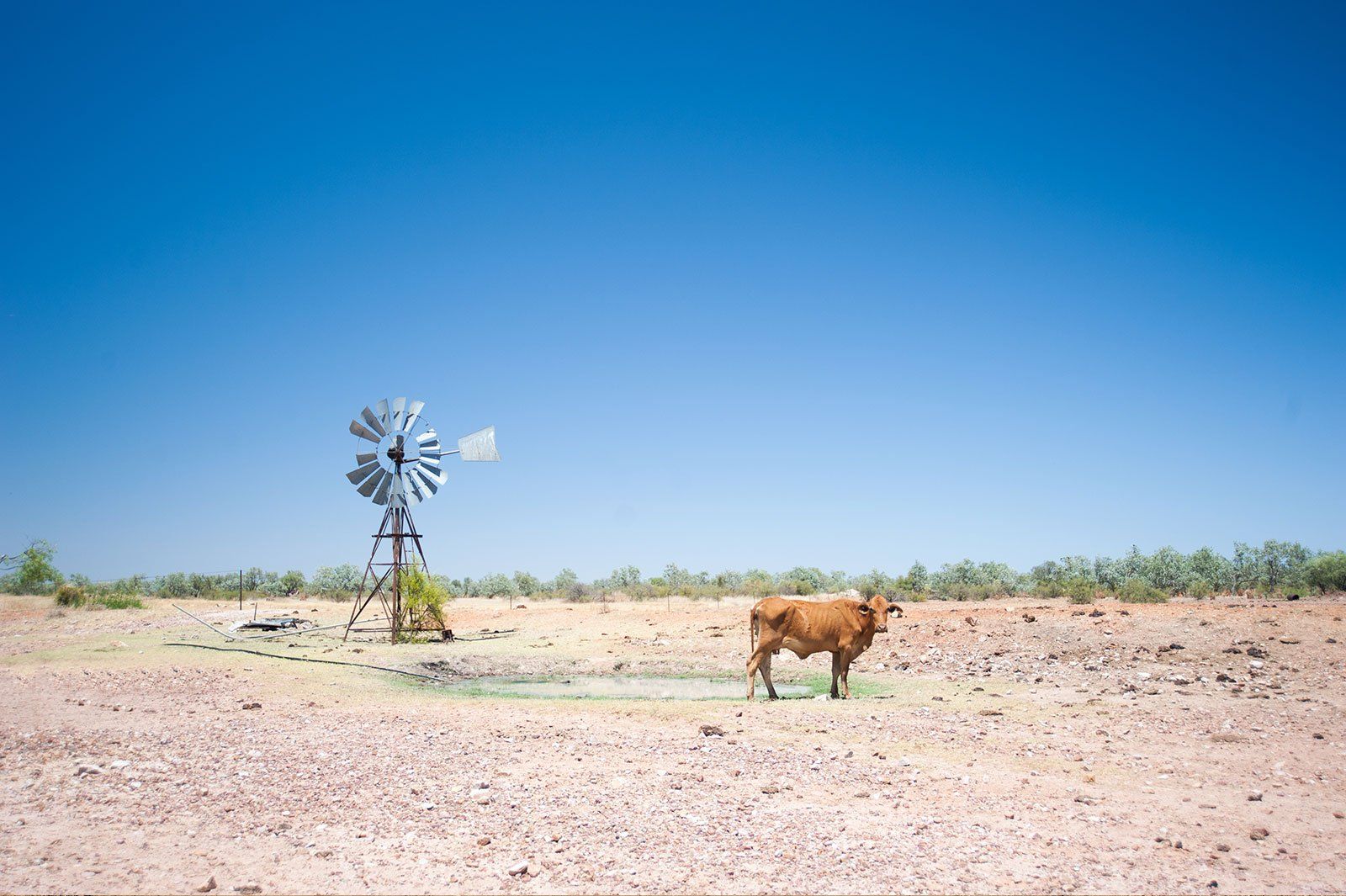1MG FlippingBooks
More pain for drought-stricken farmers with dry winter on the way
The Bureau of Meteorology (BOM) has released its climate outlook for winter 2019, and the news is not good for farmers with a high likelihood of drier than average conditions in most key agricultural regions Australia-wide.
The BOM is predicting dry conditions for much of NSW, Queensland, Victoria and northern WA, with below average rainfall likely and warmer than average temperatures. This forecast is despite the threat of El Niño developing in 2019 – which typically brings drier than average conditions for eastern Australian winters – becoming less likely in recent weeks.
This outlook is concerning for livestock producers in eastern Australia already suffering from poor pasture growth, high feed costs and water shortages.
The rainfall forecast is particularly poor for large areas of NSW, particularly the Central West, where the chance of hitting median rainfall is below 25 per cent in some areas. This will be a bitter pill to swallow for the many producers in the area already struggling with poor rainfall and drought conditions.
Nearly 100 per cent of NSW is now drought declared and several rural towns are already facing severe water shortages , with the NSW government declaring the drought conditions ‘critical’ – the highest rating available – in the Lower Darling, Lower Namoi and Barwon-Darling.
The NSW government also announced this week emergency funding to secure the drinking water supplies in the towns of Bourke and Louth, where residents are on level five water restrictions. This adds to a total of $1.5 billion in drought support measures already provided by the NSW government.
You can see the full BOM Climate Outlook – including video and graphics – by clicking here.

















